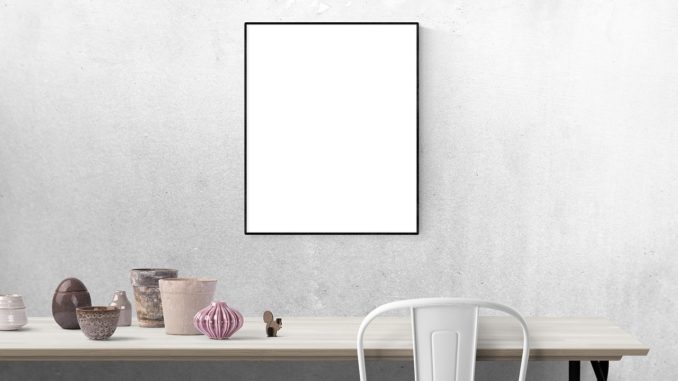
What are some of the most popular current viscom needs that dealers should know about? Dealer Support examines the sector
Visual communication – or viscom – is one of the fastest-growing sectors in the office products industry of the last few years. According to VOW, in 2016, the market grew by 6% which outstripped nearly all other product categories and enabled viscom to become a £312 million industry in Europe.
So what exactly are the current demands of viscom? For many businesses dealing in this segment two of the most prevalent answers lie in both the increasing desire to create attractive workplaces – whether in a larger office or SOHO – and the need for instructional signage for outdoor spaces. The former is borne of style and mental well-being, while the latter is a health and safety necessity.
“People want to be a lot more cutting edge with their office spaces, and to bring them to life,” says Danny Adamson, CEO of the StockSigns Group. “They are no longer confined to leaving walls as they were; they’re more inclined to bring life to dark corridors.”
Adamson believes in the power of viscom for staff morale, whether it be an image of a calm, sunny beach in the staff kitchen or an inspirational quote on the wall. Bi-silque – a company which specialises in viscom – is currently in the midst of its foray into making it even easier for dealers and end-users to create that sense of improved morale with its Meaningful Spaces collection, a concept that was dictated, in part, by the rise of people working remotely and/or from home. Mariana Martins, SOHO product manager at Bi-silque, says that customer needs in this area are changing.
“We noticed that people now are looking for more innovative products that give meaning to a place. We are working with the SOHO concept in mind; people want to promote creativity and innovation and also want something to separate the working space from the living space. That’s the kind of trend we’re seeing with the end-user, and we have concepts dedicated to different personality types. People want to relate the space around them to who they are – they want to connect.”
Bi-silque’s Gallery Wall web tool allows users to design their own space using colours, textures and features that make them feel more connected to their workplace. Vanessa Silva from the company’s marketing team adds that striking and engaging viscom in the workspace offers a pleasant reprieve from looking at screens. “More and more, people are trying to be inspired by things that aren’t on a computer or a phone – they want to be surrounded by things that can inspire them,” she says.
This continual appetite for traditional signage – including simple wall vinyls, paper, cardboard and cork board – may seem a little surprising considering the modern drive towards lessening waste, but green credentials have increased along with the trends. In Bi-silque’s case, ever-popular cork-based options are responsibly sourced from trees that renew the product, and the business pushes the idea that its items can be re-used again and again. For Danny and his business, sustainability is about creating a balance of driving towards better signage materials combined with adopting digital alternatives.
“Traditional signage isn’t going anywhere,” he says, “in fact, it’s on the rise. We do a lot of temporary signage for things like construction sites, which are made of PVC and are non-recyclable. With horror stories in the news about coffee cups and straws, plus the influence of Blue Planet, there’s now a real push against plastic. We’re now looking at recyclable plastic and eco-board, the latter of which can be printed on and sustain the glories of the British summer outdoors for up to six months. It can then be recycled or, even if it’s thrown away as ordinary waste, it breaks down.”
Earlier this year First Call Signs, part of the StockSigns Group, extolled the virtues of viscom for festivals, in particular – a growing industry many dealers may not have considered a viable selling route – as this is a segment on the rise. The number of visitors to festivals has risen by over a million since 2012 and safety and directional signs are an absolute must. Thankfully, businesses with proactive CSR policies are working to ensure fewer and fewer of these go to waste; one way StockSigns is approaching this is with digital options.
“We’re seeing more digital signage coming through for large public spaces like shopping centres and airports,” says Danny. “Interactive signage captures the consumer’s eye; for office environments, we’re seeing an increase in digital signs for unstaffed receptions and even holograms coming into use.”
Viscom may be evolving but it’s some of the simplest requirements that are currently the most popular, making it easier than ever for dealers to get involved in this market segment.
Don’t forget to follow Dealer Support on Twitter!

Be the first to comment